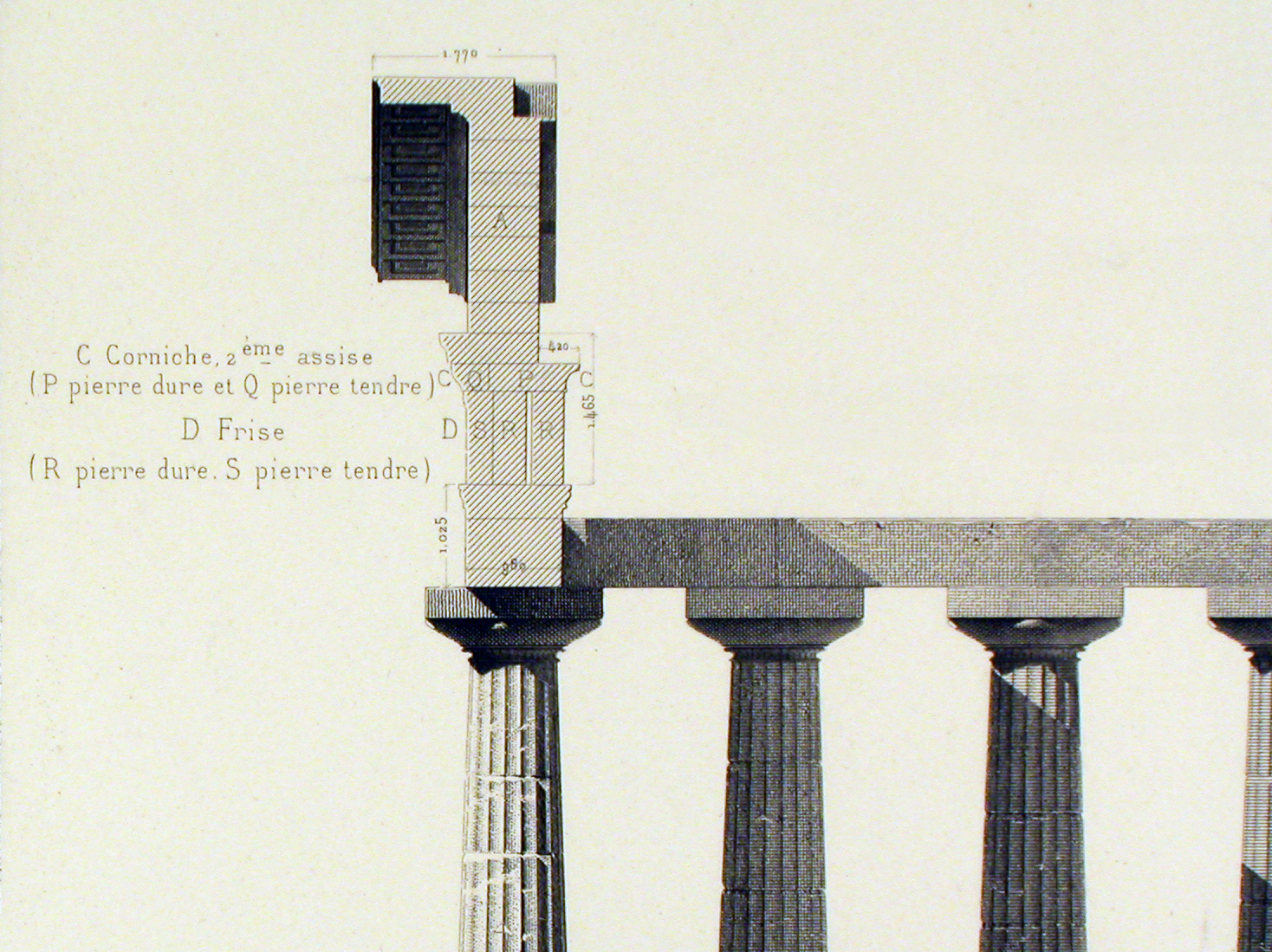Robert Venturi, Complexity and Contradiction in Architecture (2nd ed.) (New York: The Museum of Modern Art, 1977), p. 14.
Walter Benjamin, “On the Concept of History,” (1940).
For a concise and highly recommended overview of the new approaches that have helped reshape the discipline, see: Swati Chattopadhyay, “Architectural History and Spatial Imagination,” Perspectives on History 52, 1 (Jan 2014), 32–3, ➝.
For examples of this kind of approach, consult the works of Dell Upton, for instance his book Another City: Urban Life and Urban Spaces in the New American Republic (2008).
For a brilliant example of this, see: Vittoria Di Palma, Wasteland: A History (New Haven: Yale University Press, 2014).
This has been a concern in my own scholarship on the eighteenth century and print culture. See: Richard Wittman, Architecture, Print Culture, and the Public Sphere in Eighteenth-Century France (London and New York: Routledge, 2007).
For an excellent reflection on this, see: Kathleen James-Chakraborty, "Beyond Postcolonialism: New Directions for the History of Nonwestern Architecture," Frontiers of Architectural Research 3:1 (March 2014): 1-9.
Many thanks to Octave Perrault for his very stimulating comments on an earlier draft of this paper.
History/Theory is a collaboration between the Institute for the History and Theory of Architecture (gta), ETH Zurich and e-flux Architecture.
